David Joiner has been a supportive member of Writers in Kyoto since we began almost seven years ago. We have followed his career with interest, and were delighted when his second novel Kanazawa was accepted by Stone Bridge Press. He is now working on his third novel.
David writes as follows….
The last time I contributed to the WiK website, I shared the first chapter of a new novel I’d started writing – The Heron Catchers. Since then, I’ve nearly finished the novel but for a short, final revision to be completed later this summer.
The original first chapter that perhaps some of you read last year is no more (maybe I’ll use it for a future novel). I’ve deleted several characters and completely changed its setting. The major problem with the original was that it took place too far back in time for what followed, particularly regarding the protagonist’s development after his wife ran off. The new chapter now takes place nine months after she left, greatly simplifying issues of backstory.
Before I realized that was necessary, however, I tried to fix things by overwriting, coming up with filler chapters to cover the time gap mentioned above. It took me several months to realize I needed to scrap most of the novel’s beginning and start instead from a later point. The novel is now 75,000 words. But I’ve easily written twice that much. I’m probably lucky to have thrown away so little at this point.
In any case, following is the new opening to The Heron Catchers, the second in what I hope will be a series of novels set in Ishikawa Prefecture. As I write this, I’m coming down from the high of finishing research for the next novel I want to write. Maybe tomorrow I’ll begin outlining it…
*********************
Chapter 1
Sedge stumbled up Mayumizaka Slope into Kenrokuen, Kanazawa’s famous landscape garden, yawning loudly enough to hasten the full blossoming of its cherry trees. For the last two weeks, since permanently closing the ceramics shop that he and his wife Nozomi had run for six years, he had started each day increasingly late, sometimes even past lunchtime. He was grateful for a reason to wake up early today, though it had been a trial to get here.
Taking his ticket and a map from the entrance booth worker, he was keen to walk off more of his anxiety. In fifteen minutes he would meet the wife of the man Nozomi had run away with.
The woman’s name was Mariko. She’d asked him to meet her on the west side of Kasumigaike Pond, with a view toward Mt. Utatsu. She had included directions on where to sit and described what she would be wearing. Sedge’s brother-in-law, Takahashi, at whose ryokan Mariko worked in Yamanaka Onsen, had forwarded him her email.
Sedge hadn’t expected her invitation. After all, nine months had passed since their spouses had disappeared. But he had welcomed her suggestion that they “compare notes” about what had happened and try to help each other through this difficult time. He hadn’t bothered himself with her situation – had hardly even considered it – but it made sense that she’d be struggling, too. He wasn’t hopeful that talking to her would change anything, however.
The tourist crowds were small that morning, and the mild, late-March weather was perfect for strolling. He hadn’t visited Kenrokuen since last May when he and Nozomi came to see the garden’s famous irises. Afterward they had wandered to Kanazawa Castle Park to birdwatch, which was a tradition they’d started after moving to Kanazawa.
He stood on a short wooden bridge admiring a newly blossoming cherry tree, and pines here and there recently shod of their winter yukitsuri ropes, when a snapping of branches made him spin around. To his astonishment, a wild boar burst from a bush, colliding with a heron upstream and sending a cloud of feathers into the air.
Unaffected by the collision, the boar charged into an open space before rushing toward the opposite end of the garden. The tourists there swept themselves into a tight, terrified circle and watched the animal dash past them. After several attempts, it clambered over a low wall.
Sedge edged toward the heron. It lay sprawled in the shallow water, long and grayish-white. The current swept into it, billowing its plumage, and where the stream soaked its body it appeared half-melted. Before he reached it, it stood unsteadily and shook itself dry.
He noted the gray body and wings; the black nuchal markings; the dark crests on either side of its crown, like long painted eyebrows; and the drooping black topknot – an Asian gray heron.
One wing hung awkwardly against its body, no doubt broken. When the boar had knocked it over, the heron was fishing in the tree-shaded stream.
Someone tugged his arm. A woman in perhaps her early thirties appeared beside him, removing her jacket and gesturing for him to do the same.
“You want my jacket?” he said.
Her eyes widened at his Japanese. He repeated himself more forcefully, earnest in wanting to know what she meant.
“Yes,” she said. “I’m going to wrap the heron with my jacket. It will only hurt itself more if it tries to fly.”
“What about mine?”
“That’s to drape over its head. If it can’t see, it won’t be as frightened.”
Although he worried this would delay his meeting, he removed his jacket and handed it to her. Behind them, a crowd of people had gathered.
“Surely the gardeners will come soon with a net,” he said, not keen on endangering either one of them.
“A net might make things worse, especially if the heron stabs at them with its beak. Trust me, please. I’ve done this before.”
Hurrying forward with her, he said, “When and where have you caught herons?”
“I grew up around them and I’ve had to do this after finding them injured. I just never dreamt I’d have to do it here. You’ll need to be careful. A heron’s beak is like a weapon. And because it’s injured and probably scared, it may lash out.”
They reached the stream at the same time a middle-aged man from the crowd crouched before the heron to videotape it with his phone. He was much closer to it than Sedge would have been.
The woman told Sedge where to place himself and what to do. She barked at the man with the cell phone to back away.
The heron had been squawking since it regained its footing, and it now shook its long beak at them and released what could only be described as a warning cry.
The woman moved toward the bird confidently, shielding herself from it with her and Sedge’s jackets pinched together. She jumped behind it before it could turn completely to face her. One of the jackets fell to the ground as she draped the other over the bird’s head. She had covered its eyes, but its beak peeked out.
“I need the other jacket,” she yelled at Sedge.
He ran over to hand it to her.
“You do it.” She looked down at the bird as it squirmed beneath her hands. “Wrap it around its body. Gently so as not to aggravate its broken wing, but firmly enough to immobilize it.”
Sedge kneeled beside her and wrapped the second jacket around the bird, encircling its thin body. Beneath the light pressure he applied, the heron resisted more than he expected. Its strength surprised him, and he lost his balance. The jacket he’d wrapped around it fell to the ground again, and the bird took advantage of its freedom to raise its one good wing and try to escape.
The man with them continued to videotape, and he came closer again only for the heron, which somehow sensed his presence, to stab at him with its beak. The bird aimed well, striking his thigh. Its beak ripped the man’s trousers, and from a gash in his flesh blood oozed out. He fell to the ground and, crying out in pain, rolled to where the heron couldn’t strike him a second time.
Sedge managed to wrap the jacket around the heron again. And though it thrashed beneath his arms, it soon stopped struggling.
“Now what?” he said.
The woman looked unsure of herself. “We wait for someone from the garden to take over.”
Sedge turned to look for the injured man. He had hobbled toward the watching crowd, which was now collectively trying to help him.
Two groundskeepers finally approached them, while two others set up a barrier around the bird with ropes and metal poles. Because the heron had stopped resisting, it was a simple task to transfer it to these men.
“Thank you for what you did,” one of the groundskeepers said. “We’re sorry to have put you to the trouble. Are either of you hurt?”
The woman assured him that they were fine. The groundskeeper apologized once more, this time about the boar, which he said had made its way into the garden several times in the last few months, though always after hours. This was the first time it had been in the garden when it was open to tourists.
He walked away, coming back a moment later holding the jackets they’d used on the heron. He asked the woman for her name and phone number, saying that the garden might need to contact her later about what had happened. When she said her name was Mariko, Sedge laughed to himself.
She was not the type of woman who would normally attract his attention. But with the time he had to observe her now – the over-large eyes and slightly aquiline nose, the dimples that emerged in her cheeks when she spoke, and the messy bob that swept her forehead – her attractiveness, once he noticed it, stayed with him.
A moment later the groundskeeper turned his attention to Sedge.
Sedge glanced at Mariko to see if she recognized him, but she was staring at the heron, not paying attention to their conversation.
He gave his name and phone number. The groundskeeper led him and Mariko past the barrier they had erected.
Rather than move off, Mariko continued to look toward the bird.
“Aren’t we supposed to be meeting each other by the pond?” Sedge said.
Finally looking at him, she laughed and said, “I thought it might be you when I first heard your Japanese. What a way to meet.”
They walked toward a refreshment stand. He ordered coffees and brought them to a bench under a cherry tree, whose pink blossoms were on the verge of escaping from their buds. In front of them, the pond’s black surface rippled where a family of spotbill ducks swam by.
“Thank you,” she said, pulling her coffee closer. She glanced at her watch and said, “We have a lot to talk about, but I’m afraid I don’t have much time left. That heron ate into our meeting quite a bit.”
“Do you have to get back to the ryokan already?”
She shook her head. “I have to prepare for an exhibition.”
“You’re an artist, too?”
“No. It’s my husband’s exhibition.”
“Will he be there?” Sedge said, confused.
“Only his work will be. It will make things easier on me in the long run if I represent him.”
“But he left you. Why are you still helping him?”
Her smile tightened. “His son and I could use the money. But this will be the last time.”
“Is he not required to support you?”
She laughed with the same tight smile. “We haven’t divorced.”
Sedge didn’t know why this surprised him. He and Nozomi hadn’t yet, either. A divorce was still too much to deal with. Once she disappeared, nobody she knew had been able to communicate with her. If she had left Japan and couldn’t be reached, he was unsure if the Japanese courts could legally issue a divorce. Similarly, he felt paralyzed about the money she had taken, leaving him with much less than he’d need to hire a lawyer.
“Why didn’t you want to meet like this at the ryokan?” he said. “I’ll be moving there in another week.”
She looked away for a moment, then turned back to him. “I didn’t know how awkward this would be, and I didn’t want either of us to have to endure that at the ryokan, where my colleagues often gossip and Takahashi and Yuki could interfere. Also, my preparation for the exhibition was a perfect excuse to meet you here.”
He appreciated her considerateness. It was unlikely that Nozomi would have given their circumstances so much thought.
“The exhibition’s over there,” she said. She pointed back toward Mayumizaka Gate, where Sedge had seen posters for an exhibition of kutaniyaki, local porcelain ware that he and Nozomi had sold in their shop. It was known for its colorful overglazes and named for the village where it had originated over 360 years ago. One of the garden’s teahouses, Shigure-tei, was holding the exhibition. “It doesn’t start until tomorrow. But the exhibiting artists are arranging their work today and have to sit in a meeting together.”
“What did you want us to talk about today?”
She looked toward the lake. “There’s no rule about what we discuss. I much prefer to know who you are than talk about our spouses’ infidelities.”
Sedge doubted that they could discuss what they’d come here for in only half an hour. Before he could suggest meeting again when she had more time, she went on.
“But I hate thinking that what they did – their selfishness – continues to drag us in their wake. I’m even worse off than I was when they ran away together.” She turned to him again. “Did it shock you when she left?”
“Of course. I had no idea they’d been having an affair. Maybe I was too wrapped up in work to notice anything but that she’d grown distant.”
“Yuki confided in me about the money she took. That must have been a shock, too.”
Sedge nodded, mildly surprised that Yuki had shared this. “She arranged for me to leave town on business, then withdrew most of what we had. She took everything from my personal account but left a bit in the one for our shop. I guess she thought she was being kind.” He tried to laugh.
“You could get the police involved, you know. Maybe that would help you find her. And my husband.”
“Takahashi made me promise not to involve the police. Anyway, I don’t care that much about the money. I would have given it to her if she’d asked.”
Mariko turned thoughtful for a moment. “How did your divorce lawyers deal with her if no one knew where she was?”
“We’re not divorced, either.”
“I see.” Mariko leaned back, her arms locked straight behind her, and stared into the crisscrossing branches overhead. “We’ve met before, you know. You look different now, though. Your hair, maybe, or it could be that you’re not wearing your work clothes.”
“Did we? I’m afraid I don’t remember.” It was true that his hair had been longer then, and he’d recently shaved off a beard.
“My husband and I came to your shop once. Looking back, I’m sure his interest had little to do with your business.”
On her phone, she showed him her husband’s photo. The face he hadn’t wanted to see stared up at him. It was a handsome face, if somewhat blocky like a boxer’s, and a bit aged and worn. He must have been nearly Nozomi’s age, since they’d been in high school at the same time – that much Sedge knew about him. But it was the very opposite sort of face he would have expected her to fall for. Her husband’s name, he remembered, was Kōichi.
“In his public photos,” she said, “he looks younger. Most people don’t recognize him in person. He preferred it that way. Do you remember him?”
Takahashi had apologized once for his role in Nozomi’s affair. He had introduced her to Kōichi. Because Kōichi was a well-known ceramicist, and the husband of one of his workers, Takahashi thought Nozomi and Sedge might sell his work at their shop. They had agreed to, but Kōichi never followed through with the arrangement.
“Yes, I remember.” He had entered their shop two-and-a-half years ago; that was the first time Sedge met him. He was highly esteemed by Kutani-ware artists and dealers. Though neither loud nor brash, he acted remarkably confident, and Sedge had failed in his attempts to engage him. He tried to recall Kōichi’s interaction that day with Nozomi, but nothing came to mind. Only that Kōichi had gravitated to her, talking to her for longer than their customers ever did. Because he was an artist, this wasn’t strange. “I don’t recall you coming in with him.”
“His presence overshadowed mine. For someone as successful as he was, maybe that was natural.”
Wanting to know who she was and hoping she might shine a light on why Nozomi was gone – and what he might yet do about it – he let her continue.
“He left me with his son, you know. His real mother doesn’t want him, and he doesn’t want to go back to her anyway. She lives in Osaka with another man. Her son’s no longer welcome in their flat or in the ramen shop they run. After his father left us, I sent him to Fukui to live with his grandparents. I just couldn’t deal with what had happened and with him, too. But now he’s back with me.”
“You mean you’ve recovered enough by now?”
She smiled to herself. “I don’t know about that. But it’s not the first time this has happened. I’ve built up a sort of endurance for it, I suppose.”
Takahashi had told Sedge about these previous times. “It must be traumatic for your stepson.”
“I’m sure it is. Like I said, it’s not the first time his father has run off. But this time it’s different. This time we know he doesn’t mean to come back.”
Sedge couldn’t tell who she blamed for the affair. Perhaps intentionally, she hadn’t said anything about Nozomi. He couldn’t avoid the idea that she wouldn’t come back, either, and Mariko’s words depressed him.
“Have you had any news about your husband?”
She shook her head. “I wasn’t expecting to. Have you heard anything about your wife?”
“Nothing. I thought one of us would have by now.” He set his coffee down on the bench between them. “Why did you want to meet me?”
“How can I say this politely?”
Sedge attempted a smile. “You can be impolite with me.”
“I wanted to see if there was something wrong with you. Something that explained why your wife left you for a man like my husband. But all of it makes even less sense now. Why would she throw away a man like you?”
He could have told her about the arguments he and Nozomi had, the distance between them over their last few months together, and the financial problems they faced with their shop, but he didn’t see how it would help. He had a feeling Mariko wanted to know about the intimacies they shared, that she guessed this had been the driving force behind Nozomi leaving, but he wouldn’t volunteer it. His answer would have disappointed her, anyway.
“Maybe she left because there’s nothing wrong with you. There was so much wrong with my husband that she must have found that quality more attractive.” She looked at Sedge questioningly. “Maybe she had a lot wrong with her, too.”
“Sometimes I thought so. She became despondent about things in the end.”
“Despondent how?”
“I’m not sure how to explain. I think she was suffering from a kind of depression. But she also didn’t want to get better and seemed more satisfied being that way. I never understood it.” That he could state this so plainly surprised him.
“And that’s how it was in the end? With your wife, I mean.”
“It was like it always was between us, I suppose. Maybe a little strained at times, but isn’t that normal? I never guessed she had a lover. I have trouble explaining it even to myself.”
Mariko looked down as if contemplating her coffee, which, like Sedge, she hadn’t touched. “What would you do if she came back to you? Would you give her another chance?”
Sedge shook his head.
“I don’t feel sorry for her.” When he didn’t reply Mariko smiled half-apologetically. She looked at her watch and slowly stood up, giving him the impression that she didn’t want to leave. “What will you do with your shop?”
Sedge stood, too, and shrugged. “It’s closed now. I couldn’t keep it going.”
“You don’t make ceramics yourself?”
“No. I’m not an artist, either.”
She nodded a long time, a far-off look on her face. “I have to go. I’m sorry our meeting got off to such an inauspicious start.”
They bowed to each other.
“I’ll be moving to the ryokan soon,” Sedge reminded her.
“Then I suppose we’ll see each other there sometimes. By the way, what will you do in Yamanaka Onsen? Can’t you find work here in the city?”
“I can’t afford to stay.” To cover up his embarrassment he added quickly, “Takahashi promised to introduce me to some ceramics shops near the ryokan. Hopefully one or two will take me on.”
“You’ll hardly earn anything, you realize.”
“I can only worry about so much at one time.” Not wanting to make her late for the exhibition meeting he said, “Maybe we can talk again soon. I’m sure one of us will hear something.”
“Please let me know if you do.” She bowed again and walked away.
A moment later he called out to her. “You said you’d captured herons before.”
She turned around. “Every few years I find myself in a position to. Usually a car has hit them and I have to bring them to a rehabilitation center. This is the first one I’ve helped that was assaulted by a boar. I wish they were more grateful. You should see my scars.”
When Sedge glanced at her arms she laughed. “I keep them well hidden. They aren’t particularly disfiguring, but I’d rather not suffer those injuries again.”
After she left, a breeze lifted through the trees and cherry blossoms fell on the bench where she had sat. Aside from helping her catch the heron, he imagined he’d left a poor impression on her.
In another week the cherries would reach full bloom. He wanted to see them here before moving to Yamanaka Onsen, but he knew this was unlikely. As he stood to walk home, he felt that summer had eclipsed spring, that the seasons had advanced by some unnatural calamity. And that he was woefully unprepared for the days ahead.
****************
For the first chapter of David’s novel, Kanazawa, see here. For David’s article on the Kanazawa author, Izumi Kyoka, see here. For David’s literary homepage, see here.

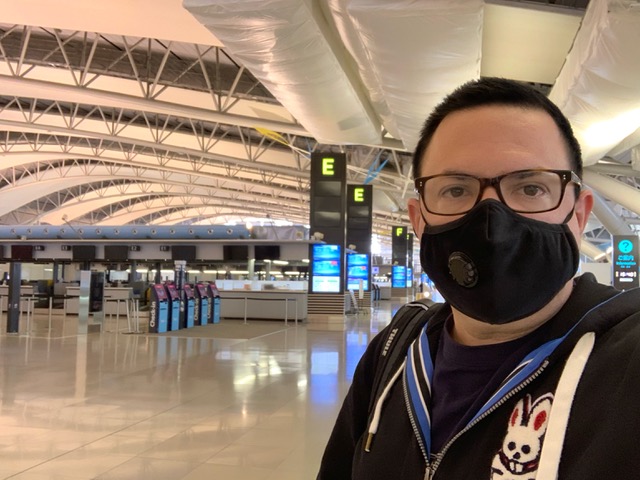
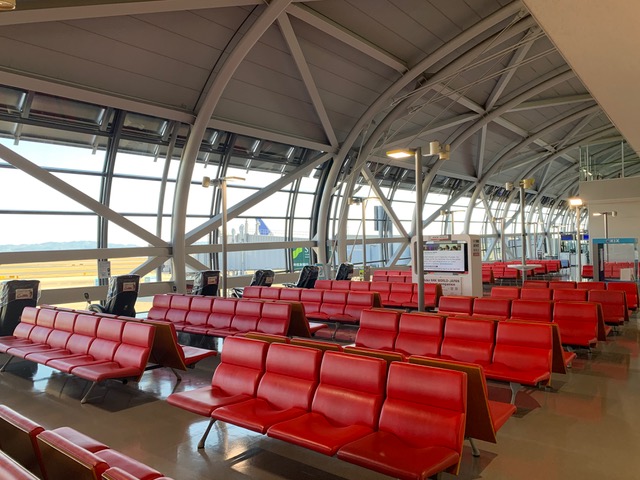
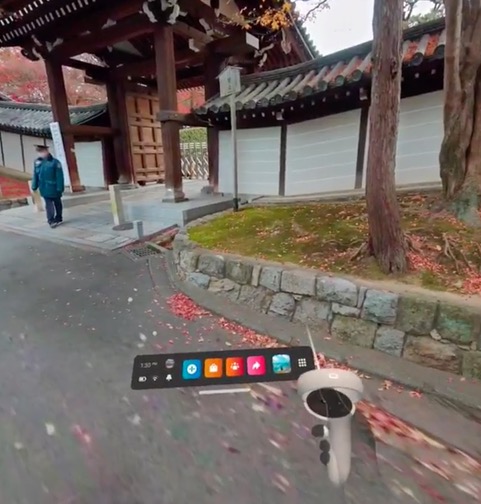

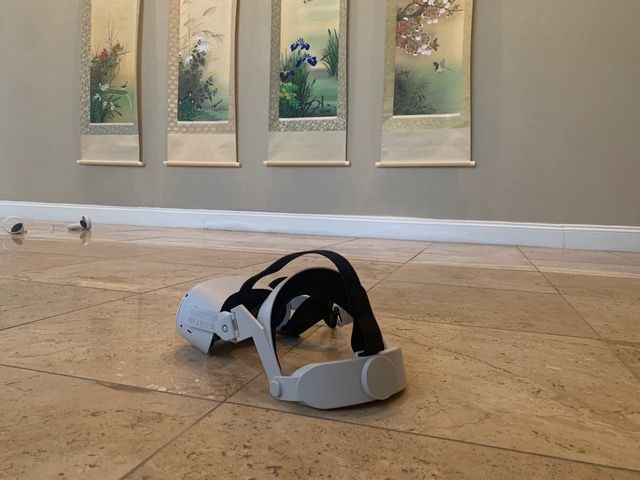

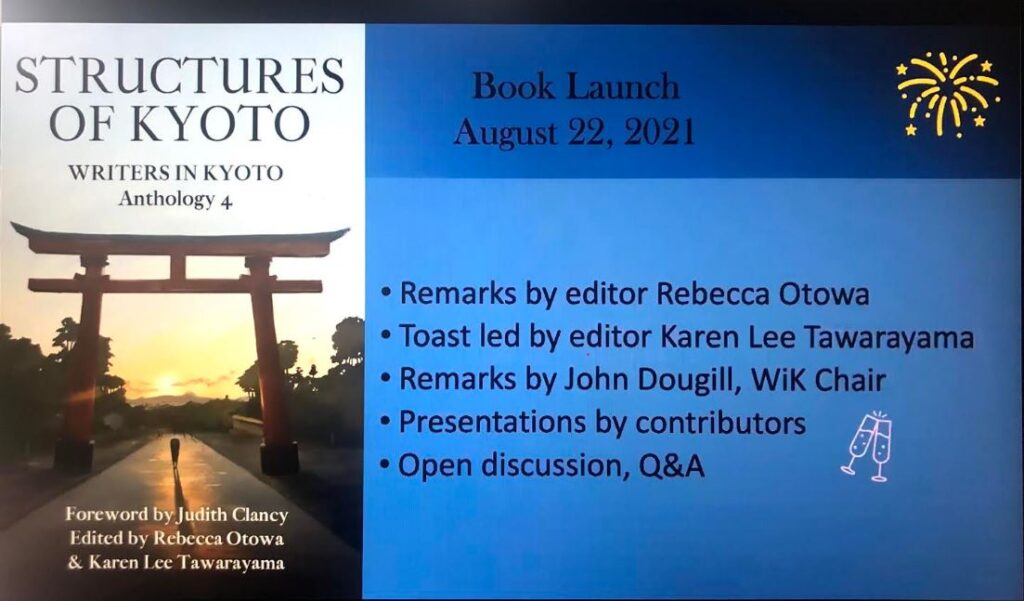
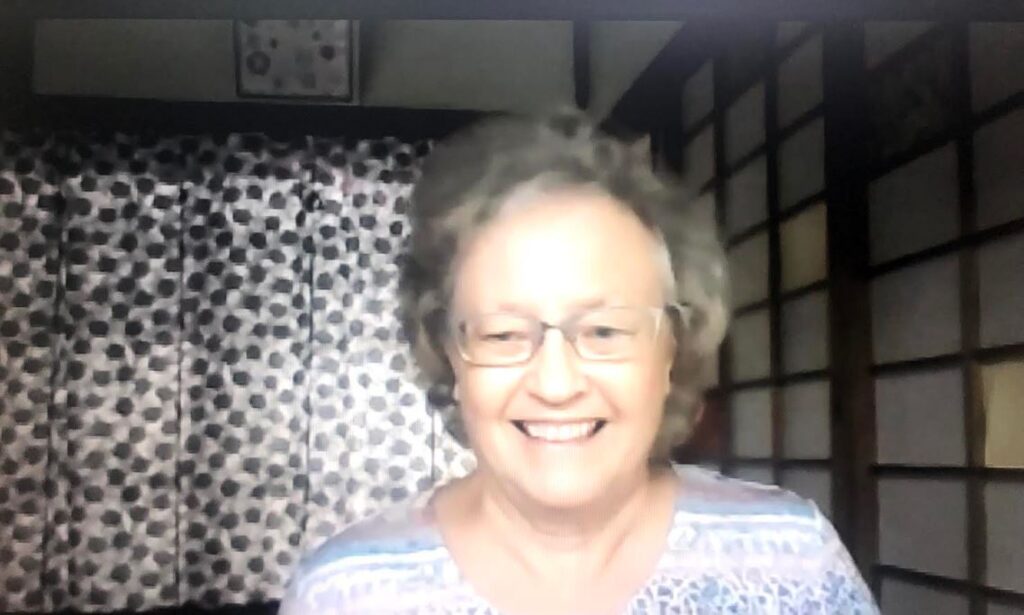
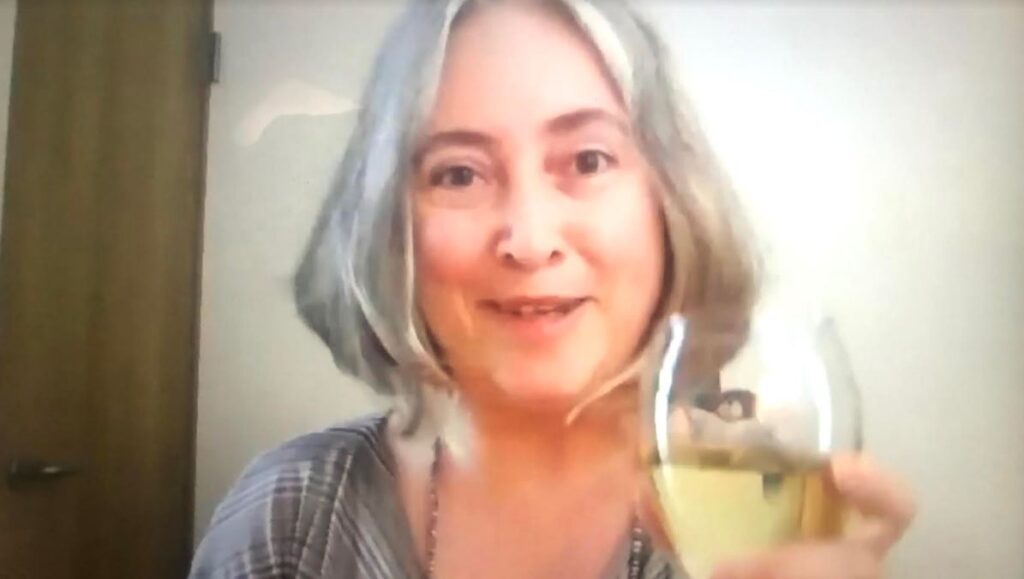
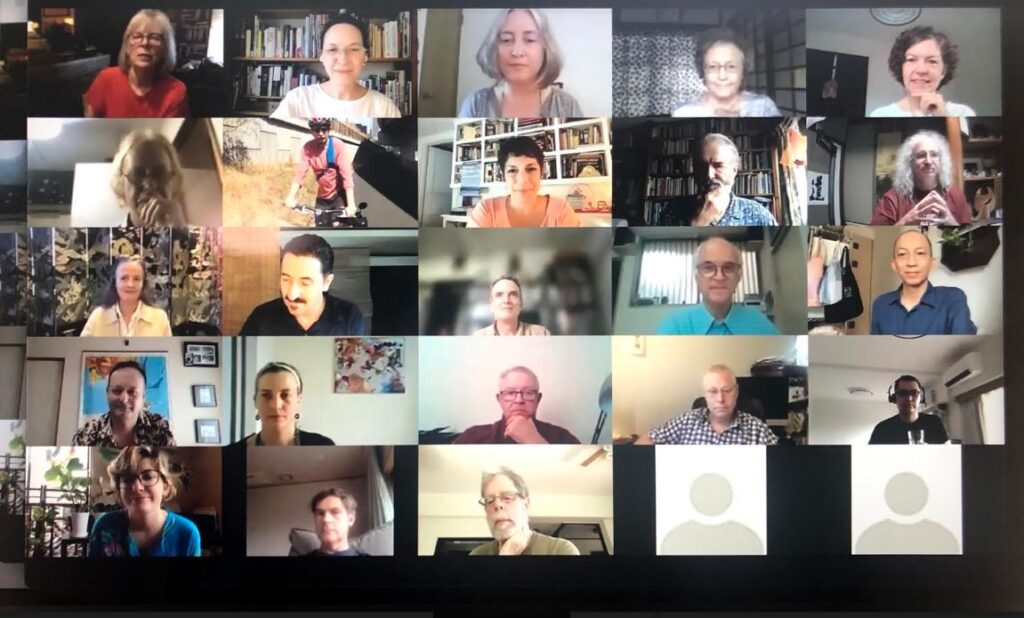
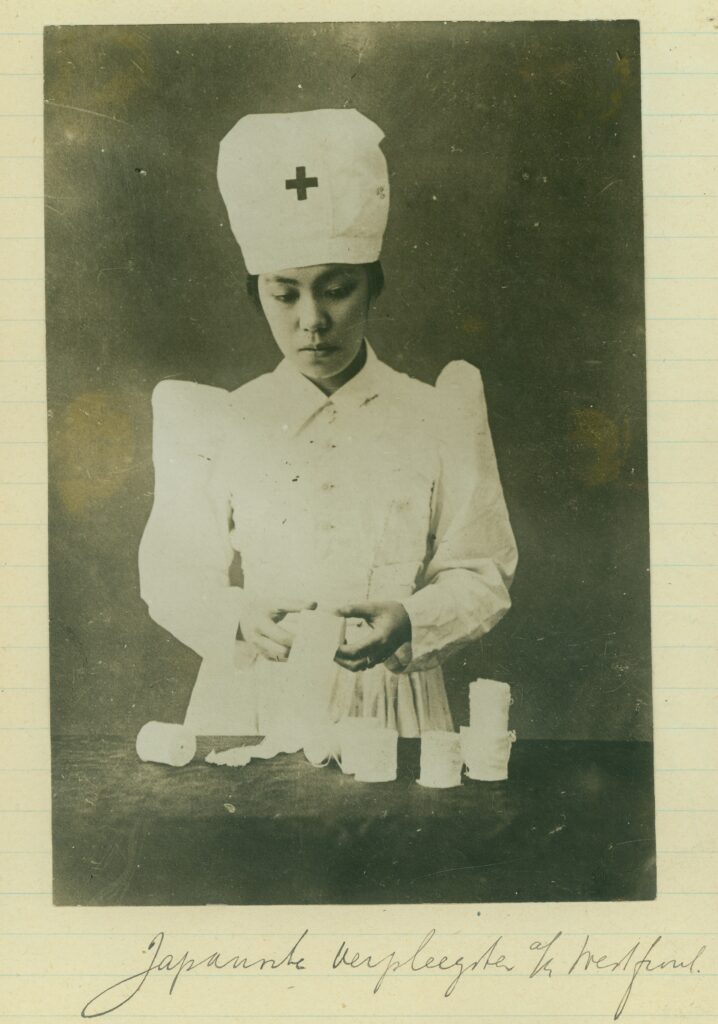
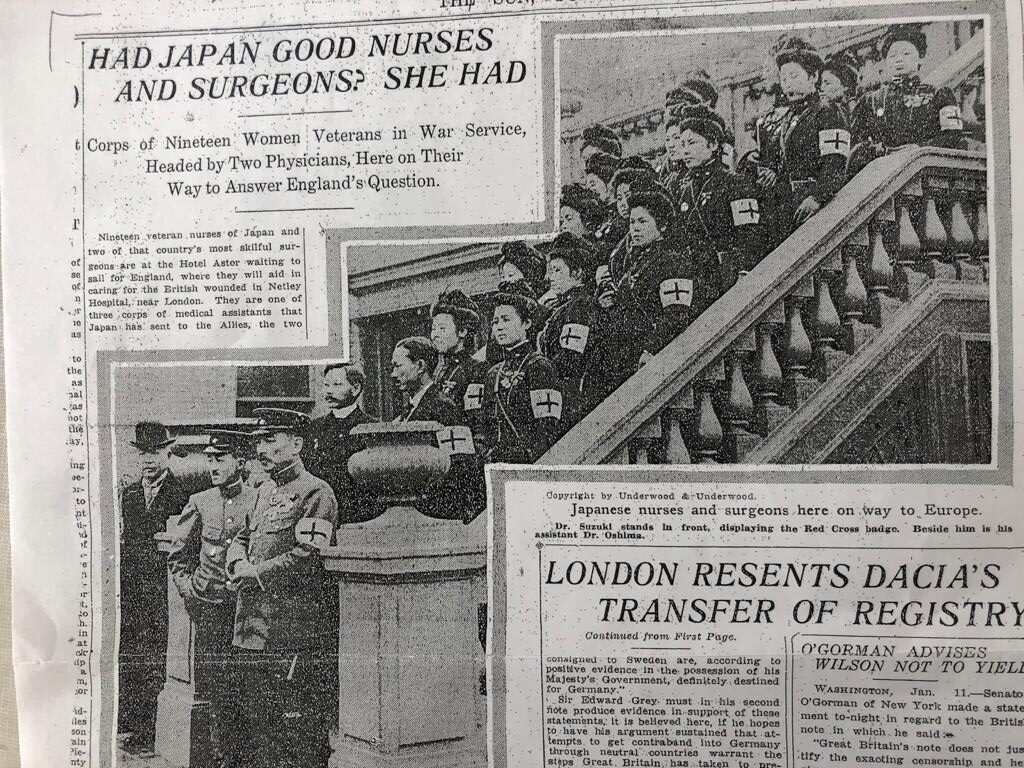

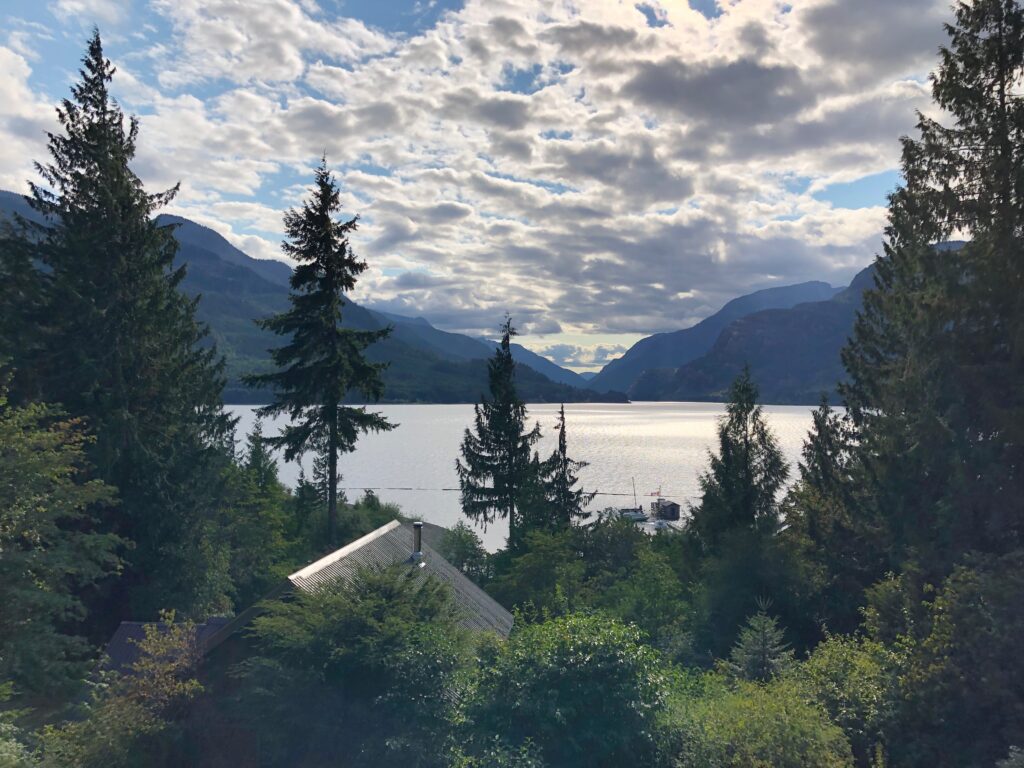
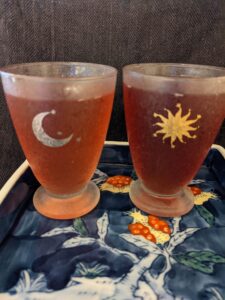



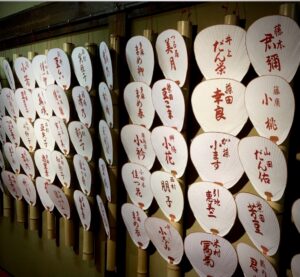


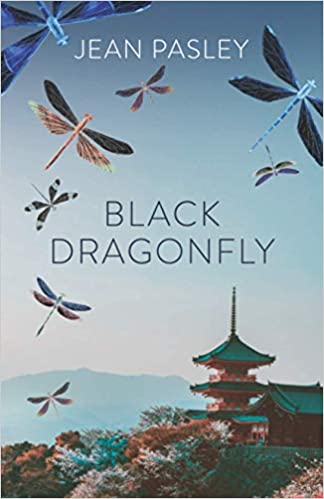









Recent Comments